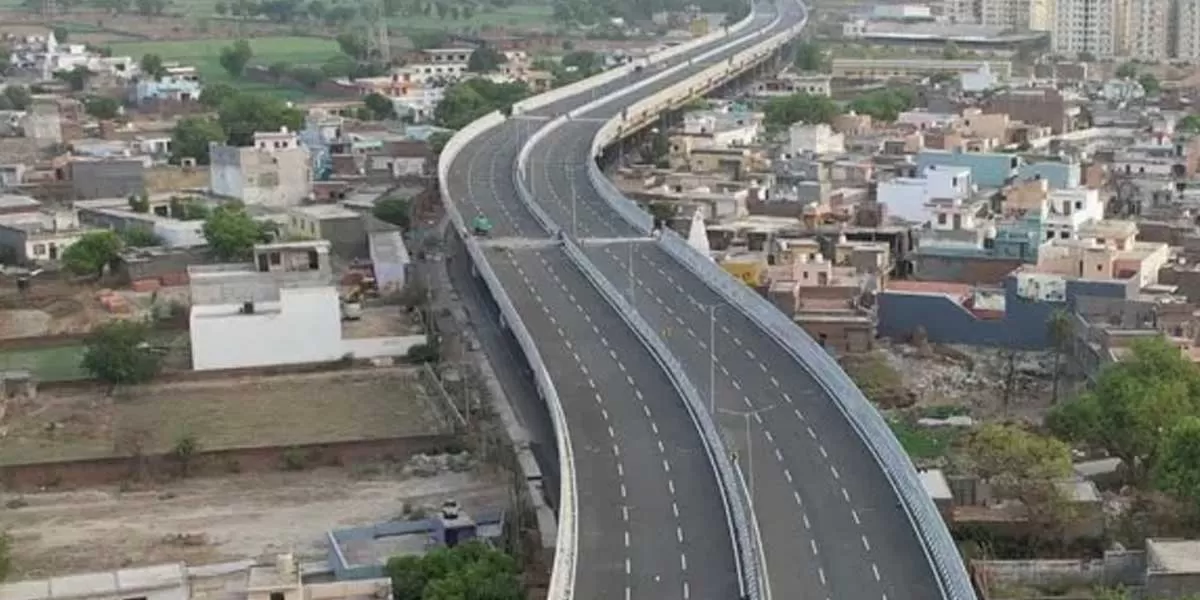To protect the wildlife, NHAI is planning to install specialised lighting in the wildlife corridor, following recommendations from the Wildlife Institute of India. These lights will be designed with a colour temperature and light rays intended to avoid disrupting animal behaviour.
The official further explained the technology behind the lighting design, noting that the angle of the lights has been adjusted to ensure their illumination remains confined to the road, aiming to minimise any adverse effects on wildlife behaviour and their movement in the nearby forested areas.
An NHAI spokesperson assured that the organisation is committed to preserving the natural habitat of wildlife during both the construction and operational phases of the expressway, emphasising that the team has been highly sensitive to the animals' needs and has worked to avoid disrupting their routines.
Sources from NHAI added that noise-absorbing sound barriers have been installed on the elevated road. These barriers use rockwool material placed between two aluminium sheets to absorb sound beyond standard levels.
Once operational, the expressway will reduce the distance between Delhi and Dehradun from 235 kilometres to 210 kilometres, cutting travel time from 6.5 hours to just 2.5 hours.


